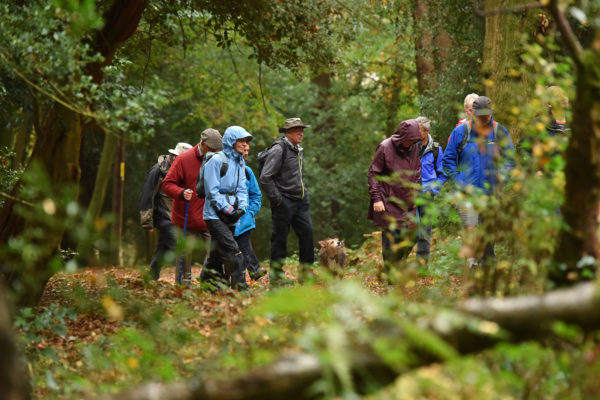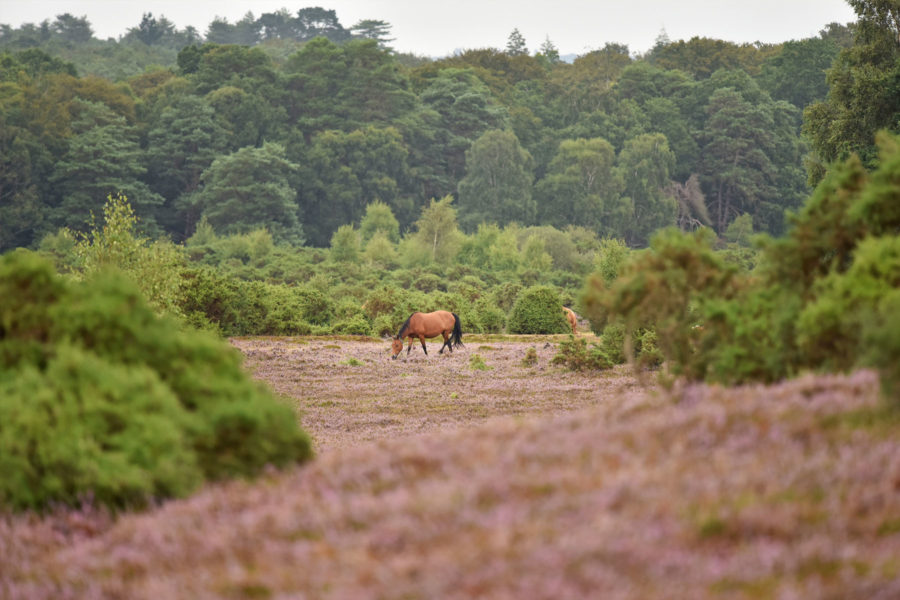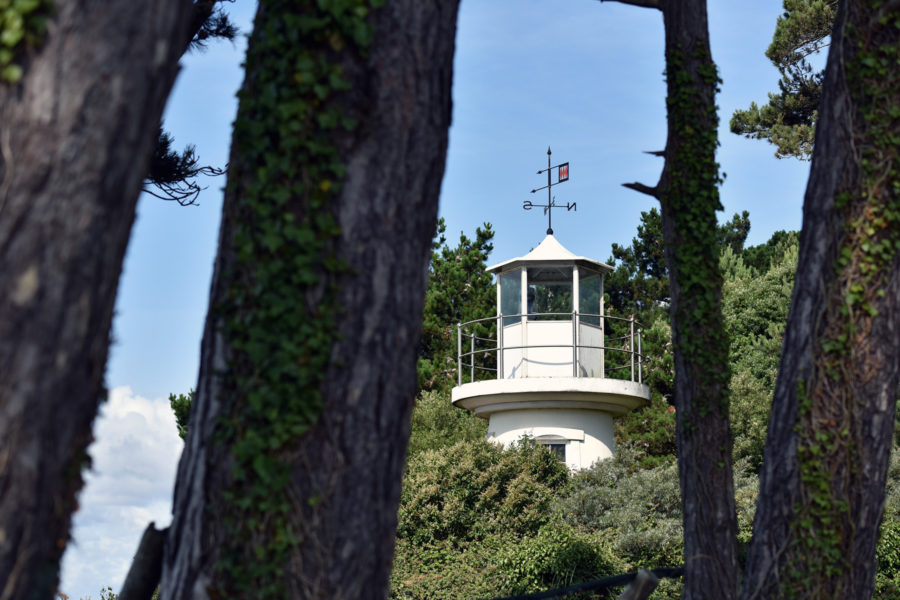The New Forest National Park
A world capital for wildlife
Ancient woodlands, wild open heathlands and stretches of beautiful coastline.
The New Forest National Park’s landscape is unique and includes the largest area of lowland heath in southern England, a rare habitat that once covered this part of the country. The New Forest is not a natural landscape though, it has been shaped over hundreds of years by people, by history and by the animals that still graze it today.
Visiting

Care for the Forest
Help care for the unique landscape and diverse wildlife of the New Forest.

Discover wildlife
Wherever you go in the New Forest you are likely to see many different types of plants, trees, insects and birds.

Walk traffic-free trails
Miles of off-road walks and cycle tracks take you into woods, by sea, over heath or along rivers and streams.

Special qualities
Outstanding natural beauty: the sights, sounds and smells of ancient woodland with veteran trees, heathland, bog and an unspoilt coastline.
An extraordinary diversity of plants and animals of international importance.
A unique historic, cultural and archaeological heritage from royal hunting ground to ship-building, salt-making and 500 years of military coastal defence.
An historic commoning system, forming the heart of a working landscape based on farming and forestry.
The iconic New Forest pony together with donkeys, pigs and cattle roaming free.
Tranquillity in the midst of the busy, built-up south of England.
Wonderful opportunities for quiet recreation, learning and discovery in one of the last extensive, gentle landscapes in the south including unmatched open access on foot and horseback.
A healthy environment: fresh air, clean water, local produce and a sense of ‘wildness’.
Strong and distinctive local communities with real pride in and sense of identity with their local area.
Did you know...








Architects of the Forest
One of the first things you notice in the New Forest are the free-roaming animals.
It’s rare to travel more than a few miles without coming across these famous Forest residents grazing on gorse, wandering through villages or even crossing roads.
The ponies, cattle, donkeys and pigs are known as ‘the architects of the Forest’ because it is their grazing that creates the accessible landscape we all enjoy.
They are owned by local people called commoners, who take great pride in their animals and there is a strong commoning culture within the Forest.
The animals have an ever-changing pattern of grazing which could not be replicated by a single herd and commoning makes a positive contribution to the remarkable biodiversity of the New Forest.


Getting around
The New Forest is a welcoming landscape with lots of villages, good visitor facilities and excellent rail and road links. It is well-served by a public bus network and there are three open top New Forest Tour routes running throughout the summer.

Arrive by train
Let the train take the strain and enjoy unforgettable views as you travel to the National Park. Brockenhurst station is in the heart of the New Forest and there are six further rail stations in and around the National Park.

Cycling
Cycling the New Forest’s network of permitted routes is an ideal way to discover the beauty of the National Park. It’s easy to hop off a train and head straight out for a cycle ride, so leave the car at home and experience the landscape up close.